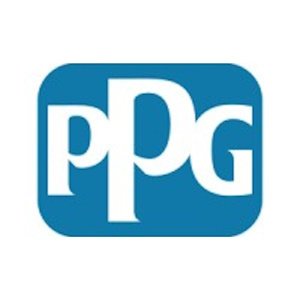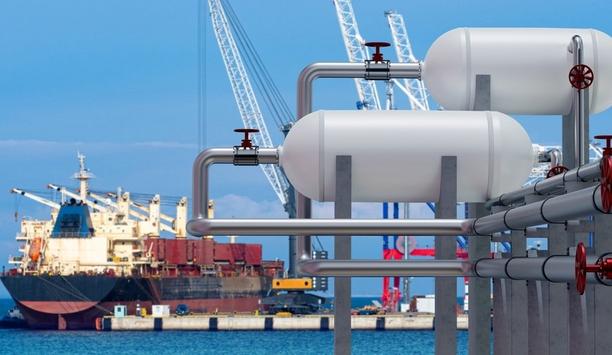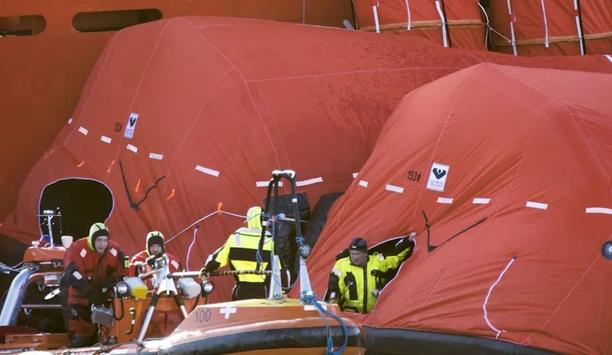PPG has announced its 50th order for the electrostatic application of marine fouling control coatings.
The project will be carried out on the VLCC SIDR, a 336-metre oil tanker operated by Bahri Ship Management at the Asyad Drydock Company shipyard in Oman, using PPG NEXEON™ 810 antifouling coating on the hull.
Electrostatic coating applications
Leveraging decades of experience in the aerospace and automotive industries, PPG introduced electrostatic coating applications to the shipping industry just over a year ago.
Electrostatic application provides an increased transfer efficiency compared to airless spraying, resulting in sustainability benefits including significant reductions in overspray and waste. PPG has optimised its hull coatings for this application technique.
Environmental regulations
“Ship owners and shipyards are looking for innovative solutions to comply with stricter environmental regulations and meet their sustainability goals – these include low-friction hull coatings that reduce vessel greenhouse gas emissions and provide sustainably advantaged application procedures,” said Sijmen Visser, PPG Sales Director, Marine EMEA, Protective and Marine Coatings.
Sijmen Visser adds, “Electrostatic application is quickly being adopted by large shipping companies and by shipyards in Europe, Singapore and China.”
Conventional fouling control coatings
Electrically charged paint particles are precisely guided toward the grounded surface of the vessel
Conventional fouling control coatings are generally not suitable for electrostatic applications. However, the formulation of both PPG Nexeon antifouling and PPG SIGMAGLIDE® fouling release coatings allow them to be sprayed electrostatically.
Electrically charged paint particles are precisely guided towards the grounded surface of the vessel, leading to an exceptionally even distribution and the formation of a uniform and ultrasmooth, long-lasting film layer.
Performance indicators
“We strive to conduct our business sustainably and constantly measure our environmental impact through performance indicators,” said Khalid Alhammad, Ship Management President at Bahri.
Khalid Alhammad adds, “A cornerstone of our environmental strategy is to reduce carbon emissions of our entire fleet. To achieve these objectives, we constantly adopt the latest technologies in hull coating that would help reduce vessel emissions. Combining that with a sustainable coating application technique makes it an attractive combination to us.”
PPG Sigmaglide coating
In a recent project, EDR Antwerp shipyard confirmed a 40 percent reduction in overspray with the electrostatic application of PPG Sigmaglide coating on a RoRo passenger vessel from Stena Line.
With reduced overspray, the electrostatic application provides a cleaner operation and improved work environment for the applicators compared to airless spraying. Shipyards spend less time masking the vessel and cleaning the dock, saving time and costs.











